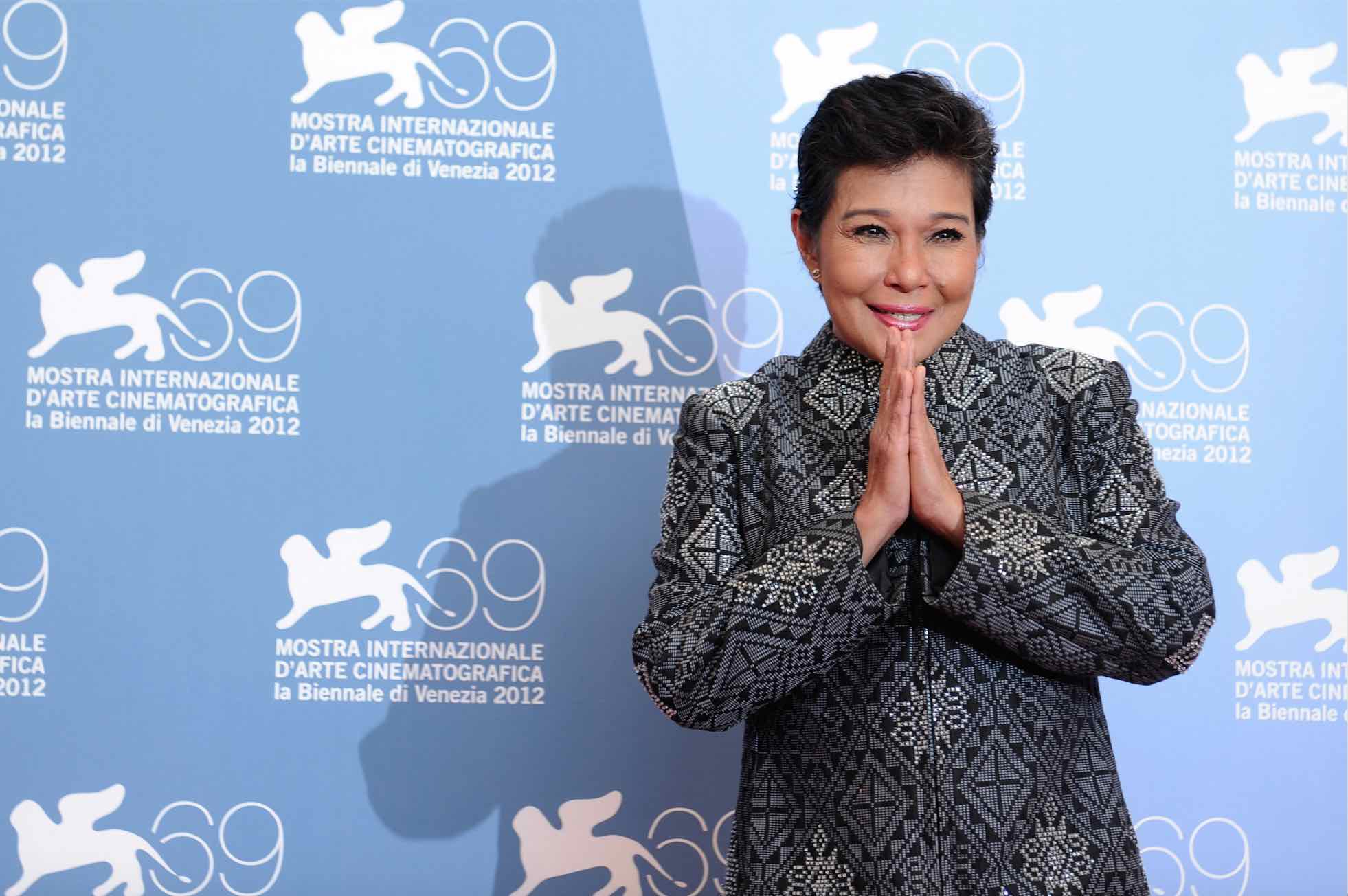How Nora Aunor taught me to read
My first children’s book was not a book—it was Superstar comics.
My mother who loved to read would always ask the five-year-old me to borrow comics from Ate Yolly delos Reyes, a kind lady in the neighborhood of Gulod, who had a stall renting Filipino-titled comics. The new arrivals—including Hiwaga, Aliwan, Pinoy Classics, Pinoy Komiks, among other titles—were clipped in a clothes line. Rental of each title for a day was 25 centavos. But since we didn’t have spare 25 centavos to rent one, my mother resorted to borrowing back issues. Ate Yolly did not charge my mother.
From a carton of Darigold milk, I would rummage among back issues, choosing the ones my mother had not read yet. In a stack of almost a hundred comics, I was always, always drawn to Superstar.
Superstar comics would almost always bear the close-up picture or mid-shot image of a dusky lady with hypnotic smile. “That’s Nora Aunor,” Ate Yolly told me in the vernacular. “She’s the Superstar. And that comics you’re holding reads ‘Superstar.’” Nora was a standout because she broke the showbiz domineering culture that was partial to alabaster-skinned stars. In her kayumanggi complexion, the Filipino people found an ally they could identify with. Include to this her life story of Cinderella proportions.
On the cover, Nora’s eyes were a well of joy. “Smize” or smiling with the eyes, was not yet coined then, but she already owned that term with that smile.
I did not understand then what it meant to be a Superstar. That was the first time I was introduced to Nora. I just knew the image on the cover of the comics talked to me, her stare was an invitation to the unknown. An invitation for me to learn.
Next thing I knew, I was asking my mother to buy me ABaKADa and teach me to read so I could learn more about the Superstar.

When my mother enrolled me to Mrs. Elvira Opina (section Rose) for Grade 1 at Gulod Elementary School, the teacher did not accept me for two reasons: 1. Her class was full; 2. I was only six. Only seven-year-old pupils were accepted for the first grade.
“But he can already read,” my mother argued in the vernacular. So I was accepted by another Grade 1 teacher, Mrs. Antioquia (section Camia).
That sums up how I entered Grade 1—big thanks to (the) Superstar.
When some of my schoolmates would bring their Voltes 5 toys or “talking dolls” in school—only a paltry sum of them could afford those toys as most kids in the barrio came from hard-up families—I had something else in my fish net bag. A bag raid would reveal that apart from my Mongol 1, notebooks, and books, I also had Superstar comics in it.
My love for Nora intensified every time I heard Ate Yolly talk about the now-showing film of the Superstar with her siblings Ate Nila, Ate Dory, Ate Violy, and their mother Inang Sinay. Nora was larger than life because I could hear them discuss the actor’s life like they were part of it. Nora seemed so close to them even if they had not met her personally. Their dreams, so it seemed, were looped around Nora’s life, like Nora’s tale was the yarn that connected them all. Nora created among them a bond—elastic, tight, unyielding.
Stories of her rise from the railroads selling bottled water to the silver screen portraying bubble-gummy to cutting-edge roles were a cocktail so potent that the family of Ate Yolly could get intoxicated with it. From Lollypops and Roses to Bona—I knew them all even if I just “watched” those films from the stories of Ate Yolly and her sisters who would save money to go to Midtown or Ligaya Theater in Binan from our barrio in Cabuyao to watch Nora. And by simply listening to them, I, too, at an early age, got inebriated with the Nora Aunor mélange.
At seven years old, I had already heard of verbal altercations between Noranians (fans of Nora) and Vilmanians (fans of Vilma Santos, Nora's screen rival). Yes, long before politics divided relatives in the barrio, they were first divided by their mere affiliation to either Nora or Vilma.
It was 1978, a soothsayer said on national television (if my memory serves me right, the manghuhula said it on the show of Inday Badiday) that the best actress award for the 4th Metro Manila Film Festival would be bagged by Vilma for her demanding role in Rubia Servios, directed by Lino Brocka. Nora was competing for the plum for the Eddie Garcia opus Atsay. Almost all bets were at Vilma’s favor but when the winner was read on stage, the best actress trophy was awarded to Nora for her exemplary performance.

The morning after the awards night, tongues wailed in the neighborhood. Women and gay men—both Noranians and Vilmanians—were up in arms, as if ready to rumble. The same mood, according to Ate Yolly, was repeated all over the Philippines. Yes—archipelagic was the extent of the effect of that win.
Even in Nora’s passing the other night, Nora created a pandemonium. Social media was abuzz with tributes from social media users, with one Noranian from the embassy commenting about Nora’s bravura in acting: “If looks could kill, abo ka na ngayon.” The reference, of course, is silhouetted from Nora's use of her eyes to convey her gamut of emotions. The Superstar’s eyes were a supermarket of emotions that in just 30 seconds in Minsa’y Isang Gamu-gamo, to paraphrase a film critic, she was able to convey wrath, dismay, sadness, and fortitude in one frame. Just by using her eyes.
Nora, named a National Artist in 2022, was a league of her own. She did not need much speaking lines on screen. Her eyes were enough to tell the tale because in her eyes resided the actor in her: intelligent, charismatic, unnerving, volatile, vulnerable.
Her diminutive frame at 4’11½” cast a giant shadow on me while I was growing up. I started watching Superstar when I was in high school from the black-and-white TV of our neighbor. Superstar on RPN 9 that time was the longest-running show that lasted for more than two decades years, from 1975 to 1989.
In college, I aced an exam in Critical Writing class when Dr. Paul B. Zafaralla of UPLB asked us to analyze Andrea, Paano Ba ang Maging Isang Ina? where Nora essayed a gritty role of a rebel. In fact, I reenacted the confrontation scene between Andrea (Nora) and Joyce (Gina Alajar) when I had COVID-19 in 2021 in an attempt to entertain myself in my isolation.
But my all-time favorite Nora Aunor film is Himala. I have seen it more than 50 times that I have already memorized the lines. Now that I am also teaching Film Appreciation and Philippine Pop Culture at St. Vincent College of Cabuyao, a private community college in Cabuyao City, I made sure to incorporate Himala in my class discussions—every semester for the last three years.
Himala is about faith or the lack of it. Himala is Nora Aunor.
Even in her death, the country’s one and only Superstar is a himala. Her life is a gift to the Philippine film industry.
Long live the Superstar of my childhood.



